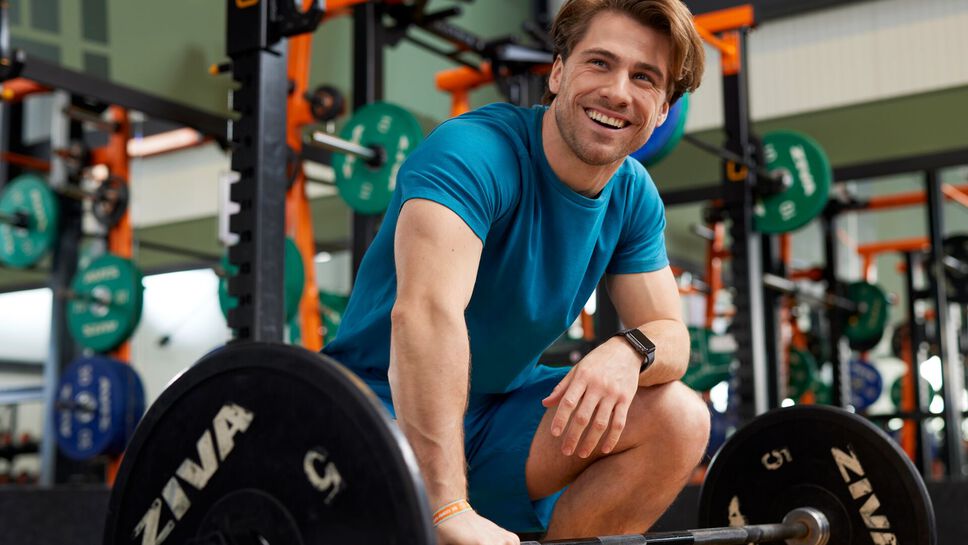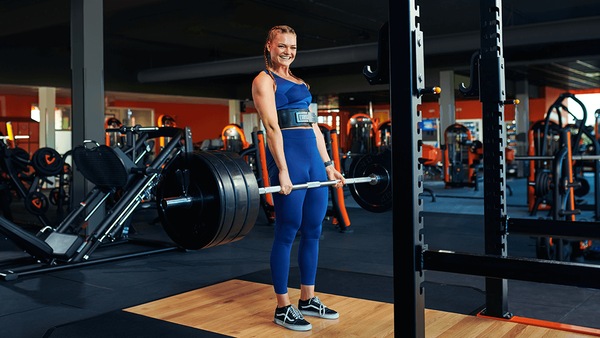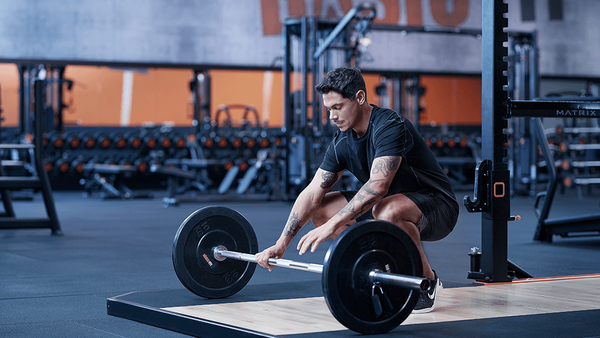When you start training, there’s a lot to figure out. How many days should you train? What should you do each session? How do you know if it’s working? Without a plan, it’s easy to jump between workouts and not see the progress you were expecting.
Building a workout plan will give you a clear structure on how to spread your sessions through the week, balance strength and cardio, and recover so your body has time to rebuild and get stronger.
In this guide, we’ll lay out a simple 10-step process you can use to build a routine around your own goals and schedule. By the end, you’ll be able to walk into your next workout knowing exactly what to do and how each session fits into your fitness plan.

1. Define your fitness goal
A good starting point is first decide what you’re training for. A clear goal keeps your effort focused and helps you measure progress. When you know what you want, you can choose exercises, rest, and food that support it.
Most goals fall into one of four groups:
- Build muscle: You want to see more shape and definition. You’ll train most major muscles a couple of times a week and eat enough to support growth.
- Get stronger: You care about lifting heavier or improving key movements like squats or push-ups. You’ll focus on good technique and gradual weight increases.
- Lose fat and stay toned: You’d like to burn fat but keep muscle. You’ll combine strength training with regular movement like walking, cycling, or short cardio sessions, plus a small calorie cut.
- Move and perform better: You want to feel quicker, more powerful, or just more capable in daily life. You’ll mix strength, mobility, and conditioning work.
Pick the one that fits you best for the next two to three months. Once that’s set, the rest of the plan becomes much easier to build.
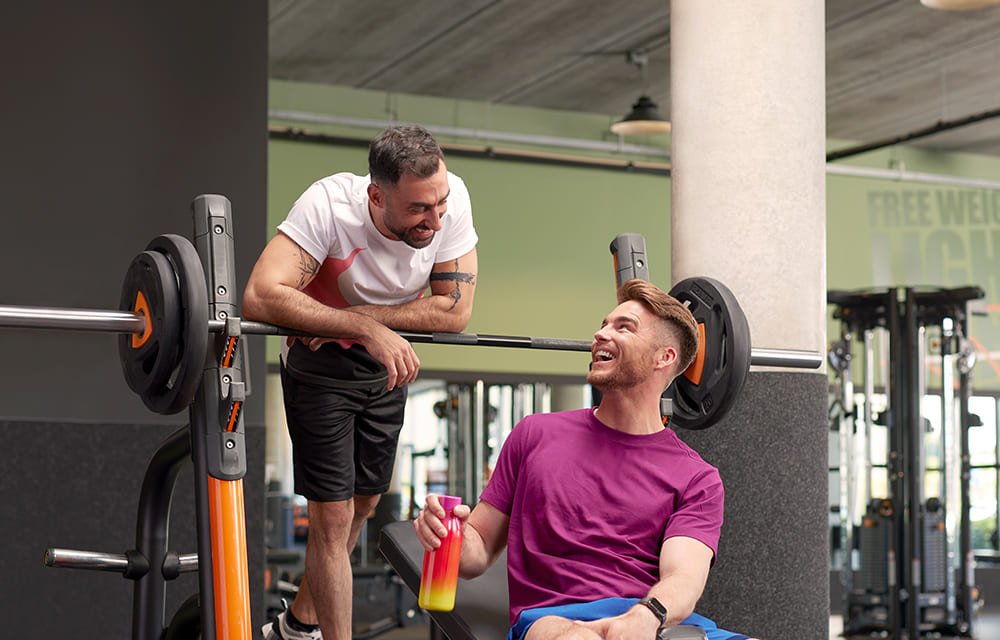
2. Pick days/week you can hit every week
Before you think about exercises or reps, decide how many days you can realistically train. This one choice shapes everything that follows — how you recover, how you plan your week, and how fast you make progress.
You don’t need to train every day to see results. Research shows that muscle growth depends more on your total weekly work than on how many times you train each muscle. In other words, the best plan is the one you can stick to week after week.
Here’s how that looks like in practice:
- 3 days/week: Full body. Each session trains your whole body with a few key lifts. Great if you’re busy or just starting out.
- 4 days/week: Upper/Lower split. Two upper-body and two lower-body days spread the work evenly. A nice balance of recovery and variety.
- 5 days/week: Push / Pull / Legs (or Upper/Lower + pump). You train more often, with shorter sessions that target specific muscle groups. Works well if you recover quickly and enjoy being in the gym.
Here’s what a balanced 4-day plan could look like if your goal is to get stronger, build muscle, or feel fitter overall. This example uses an upper/lower split and hits every major muscle group twice per week.
MON – Upper A • Push + Pull Foundations
| Exercise | Sets × Reps | Rest |
|---|---|---|
| Bench press (barbell or machine) | 3 × 6–10 | 2–3 min |
| Seated cable row | 3 × 8–12 | 2 min |
| Incline dumbbell press | 2 × 10–12 | 90–120 s |
| Lat pulldown | 3 × 8–12 | 2 min |
| Cable lateral raise | 2 × 15–20 | 60–90 s |
| Triceps press-down | 2 × 10–15 | 60–90 s |
TUE – Lower A • Quads + Glutes
| Exercise | Sets × Reps | Rest |
|---|---|---|
| Goblet / Hack squat | 3 × 8–12 | 2–3 min |
| Barbell hip thrust | 3 × 8–12 | 2 min |
| Walking lunge | 2 × 10–12 / leg | 90 s |
| Leg extension | 2 × 12–15 | 60–90 s |
| Standing calf raise | 3 × 10–15 | 60–90 s |
THU – Upper B • Shoulders + Arms
| Exercise | Sets × Reps | Rest |
|---|---|---|
| Overhead press (dumbbell / machine) | 3 × 6–10 | 2–3 min |
| Pull-ups / Lat pulldown | 3 × 8–12 | 2 min |
| Cable rear-delt fly | 2 × 12–20 | 60–90 s |
| Cable lateral raise | 2 × 15–20 | 60–90 s |
| Barbell / EZ-curl | 2 × 8–12 | 90 s |
| Overhead rope triceps extension | 2 × 10–15 | 90 s |
FRI / SAT – Lower B • Posterior Chain + Glutes
| Exercise | Sets × Reps | Rest |
|---|---|---|
| Romanian deadlift | 3 × 6–10 | 2–3 min |
| Bulgarian split squat | 3 × 8–12 / leg | 2 min |
| Seated leg curl | 3 × 10–15 | 90 s |
| Cable kickback / abduction | 2 × 15–20 | 60 s |
| Seated calf raise | 3 × 10–15 | 60 s |
In the Basic-Fit app, you can find ready made workout programs depending on your fitness goals, level, and time.
3. Plan how much work each muscle gets each week
To make progress, your muscles need enough challenge to grow and enough rest to recover. Research shows that most people do best with about 10 – 15 hard sets per muscle each week — enough to stimulate growth without wearing you down.
A ‘hard set’ means you stop when you could only do one or two more reps with good form. For most exercises, 8 – 15 reps per set hits the sweet spot: lower reps for heavier lifts, higher reps for machines or isolation moves.
In practice, that means training each main area — legs, chest, back, shoulders, and arms — around twice a week, using two or three exercises per area each time. Start near the lower end, see how your body responds, and only add more once you’re recovering well.

4. Choose exercises by movement pattern
Every good routine covers the main ways your body moves. Thinking in movement patterns helps you train your body evenly, build balanced strength, and avoid overworking certain areas while neglecting others.
Each week, try to include exercises from these key patterns:
- Knee-dominant: squats, leg press, Bulgarian split squats
- Hip-dominant (hinge): deadlifts, hip thrusts, Romanian deadlifts
- Horizontal push/pull: bench press, chest press, cable or machine rows
- Vertical push/pull: overhead press, pull-ups, or lat pulldowns
- Isolation or accessories: curls, triceps work, lateral raises, calf raises
You can use machines or free weights — both build muscle effectively. Machines are often easier to learn and great for higher-rep work, while free weights add variety and coordination. Choose what feels comfortable and keeps your form solid.
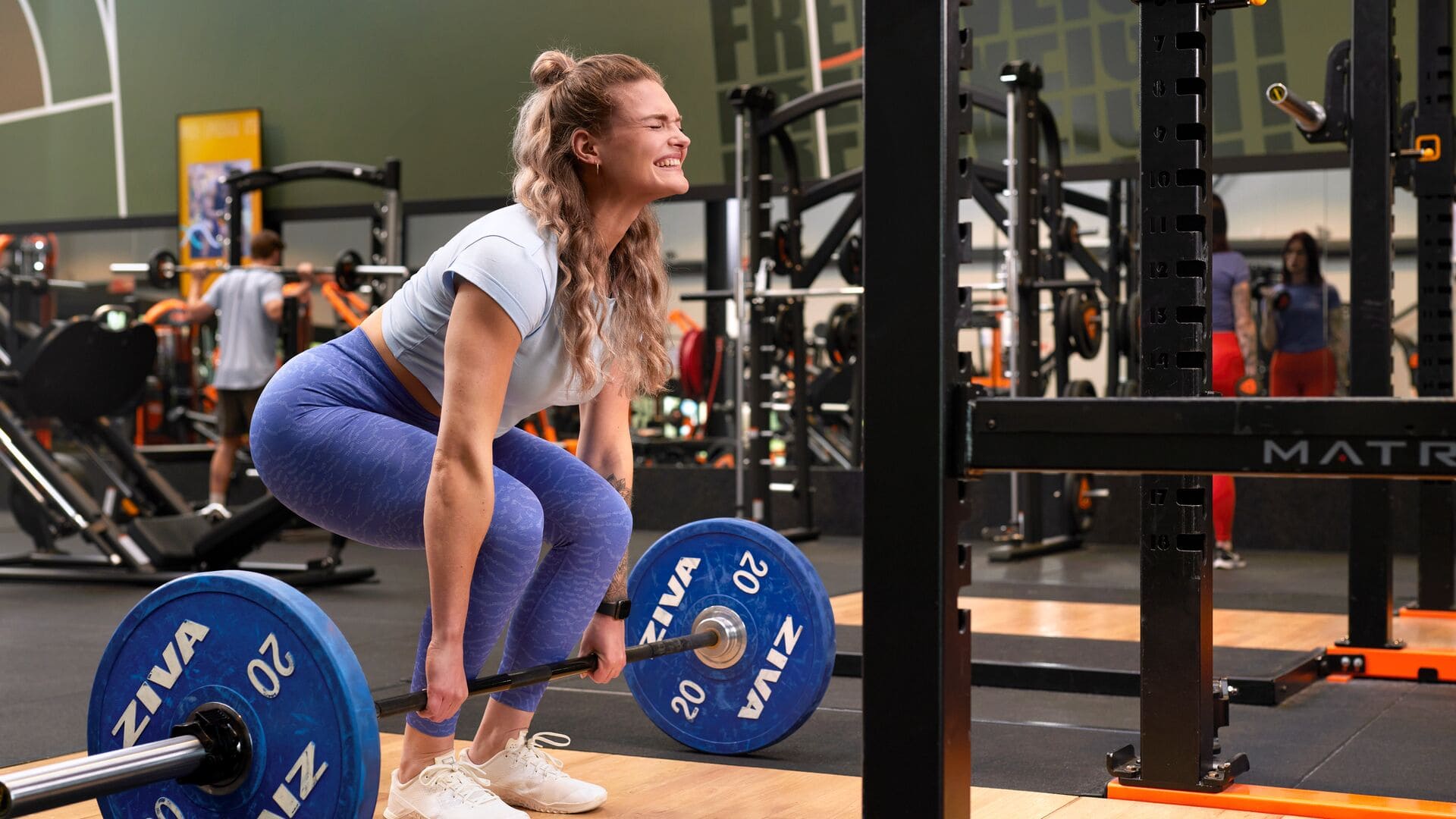
5. Set reps & effort
The number of reps you do and how hard you push decide what kind of results you get. Reps set the focus — whether you’re training for strength, muscle growth, or endurance — and effort means how close you get to your limit while keeping good form.
In other words, each set should feel challenging near the end, as if you could do one or two more reps if you really tried.
Here’s a simple way to use rep ranges in your training:
- 5–8 reps: focus on strength and power with heavier weights
- 8–12 reps: build muscle size and definition with moderate weights
- 12–15 + reps: build endurance and control, ideal for lighter weights or machines
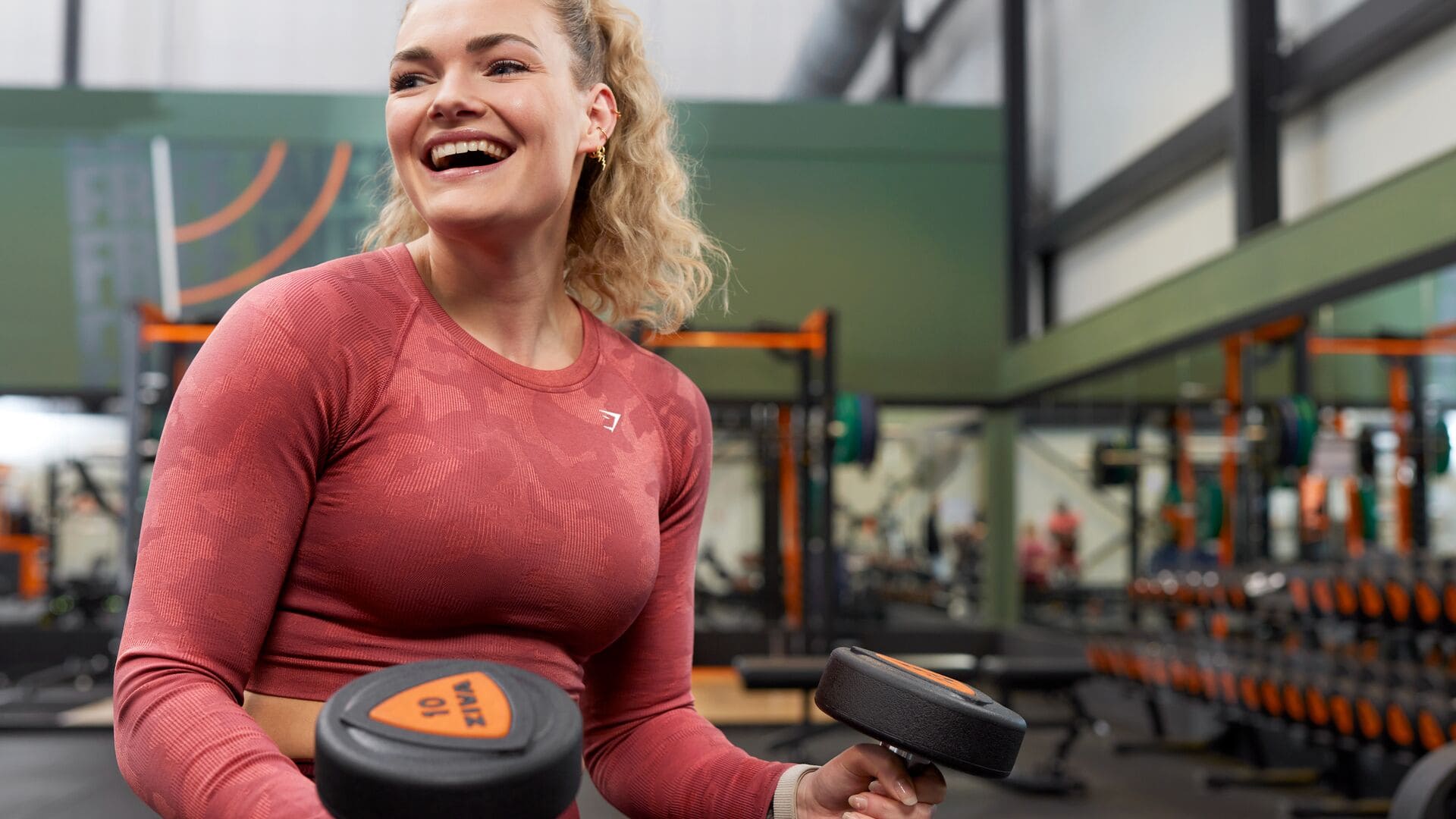
6. Plan rest intervals
How long you rest between sets affects how much weight you can lift, how well your muscles recover, and how much progress you make over time.
Research shows that longer rest periods (about 2–3 minutes) between heavier, compound exercises like squats, presses, or rows help you perform more total work and support better muscle growth. For smaller, single-joint or machine exercises, shorter breaks (60–90 seconds) are usually enough because they’re less demanding.
A simple guide:
- Big lifts (squats, deadlifts, bench, rows): rest 2–3 minutes.
- Isolation or machine work (curls, leg extensions, lateral raises): rest 60–90 seconds.
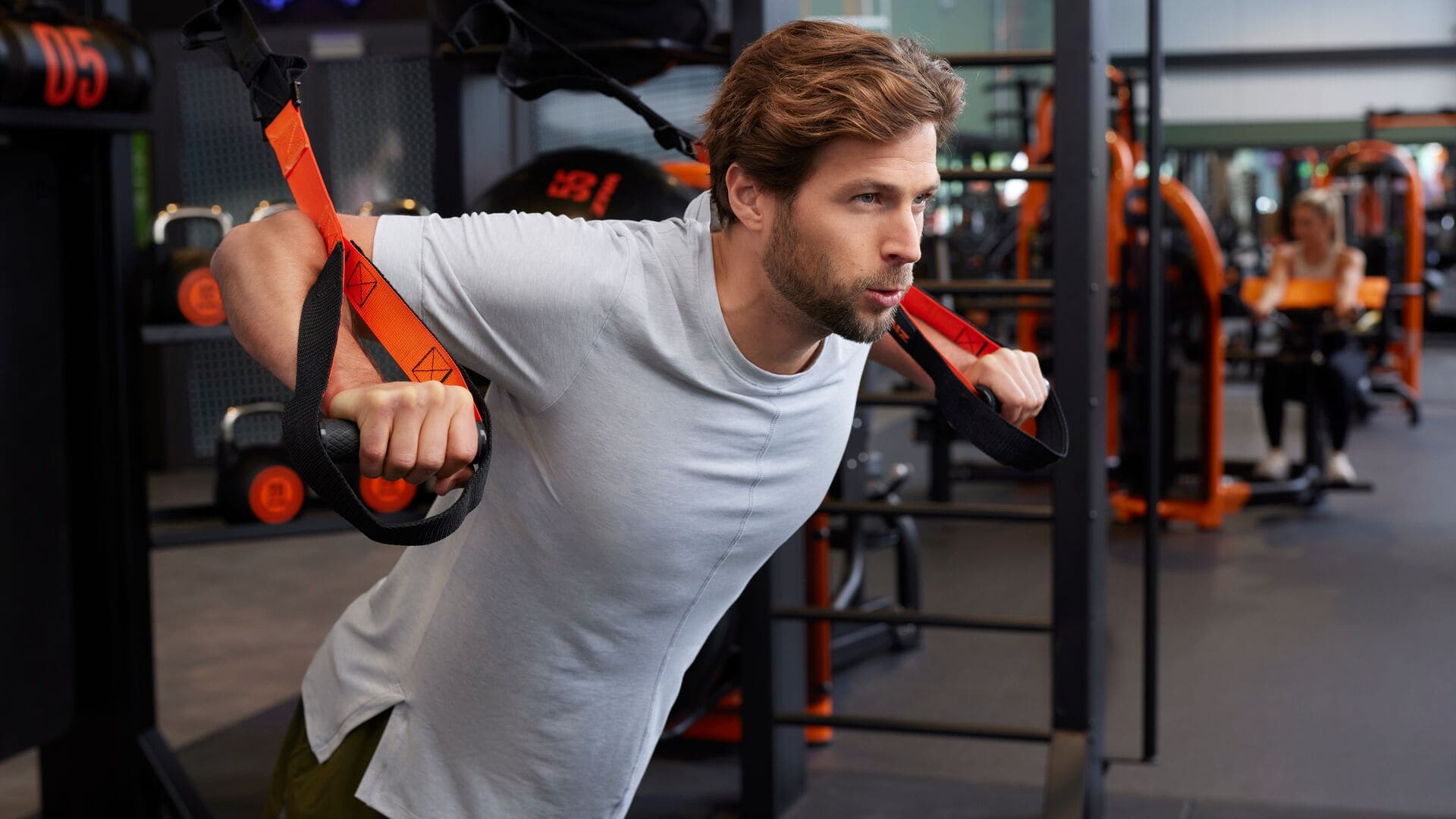
7. Use the full range of motion
Every exercise moves your muscles through a range, from a stretched position to a fully contracted one. Training through that full range, especially the part where the muscle is stretched under tension, helps it grow and stay strong across the whole movement.
Recent studies show that muscles often grow best when they’re challenged in their stretched position. That’s why deep, controlled reps usually build more muscle than short, partial ones.
How to use this in practice:
- Lower with control until you feel a firm stretch in the working muscle.
- Pause briefly (½–1 second) in that stretched spot before lifting back up.
- Don’t bounce or force extra depth that feels uncomfortable.
- Start lighter to get used to the movement and stay in control
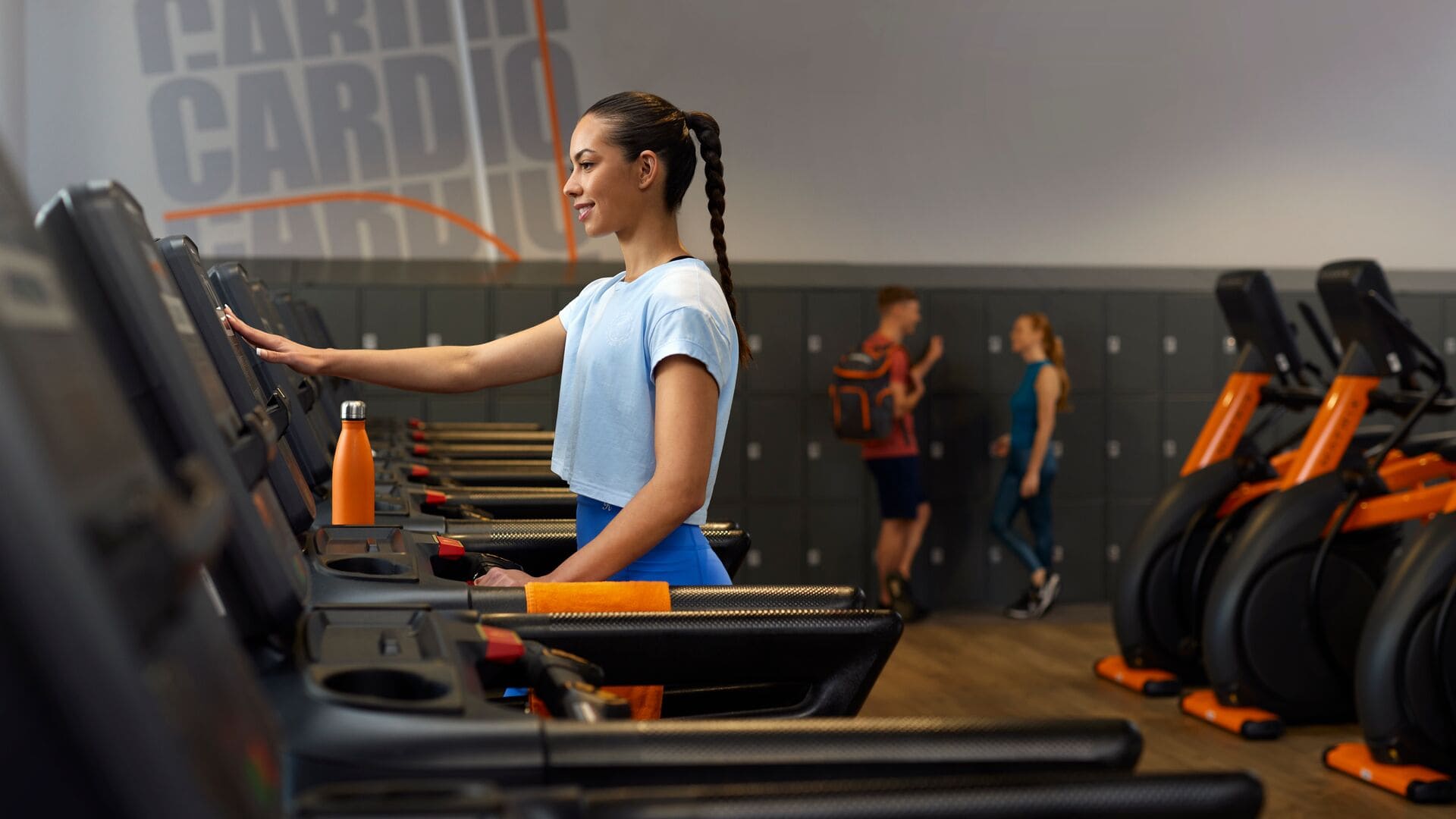
8. Warm up efficiently
A good warm-up wakes up your muscles and joints so you can move better and lift safely — without wasting energy before your workout starts.
Keep it simple:
- 5–10 minutes of light cardio (bike, treadmill, or rowing) to raise your heart rate and body temperature.
- Dynamic movements like leg swings, arm circles, or bodyweight squats to loosen up key joints.
- 2–4 ramp-up sets of your first exercise, starting light and adding a bit of weight each time until you reach your working load.
Avoid long static stretches before lifting — holding a deep stretch for more than a minute can reduce strength temporarily. Save those for after your session or on recovery days.
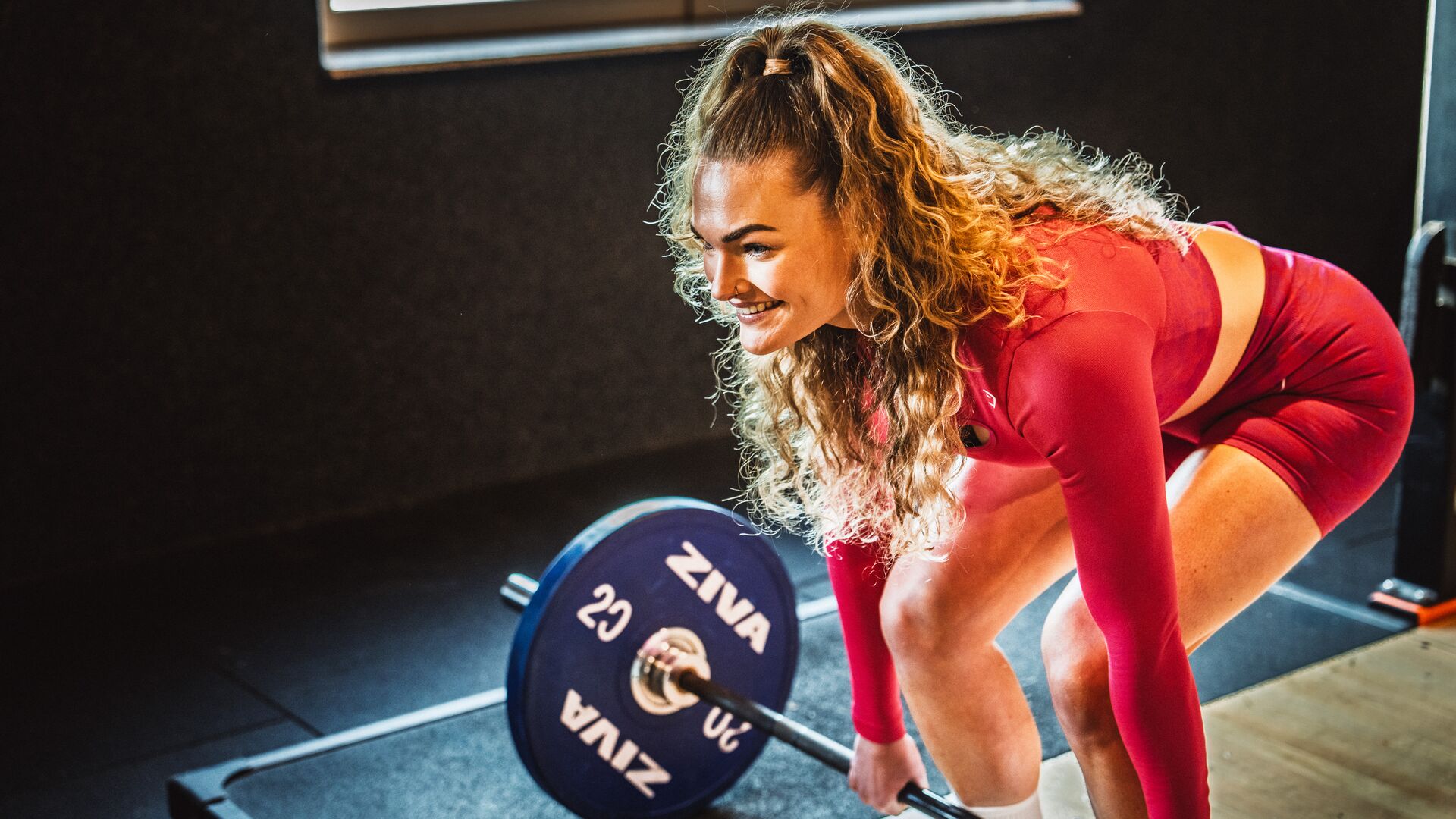
9. Push your training forward
When you repeat the same workouts over time, your body gets used to them. That’s a normal part of training and how your muscles adapt to get stronger. To keep improving, you need to keep giving them a reason to grow.
As your workouts start to feel easier, add a few reps or increase the weight by about 5% while keeping good form. Those small, consistent adjustments are what drive long-term results.
If you’re not sure how to choose the right weight or when to increase it, check out our article on how to pick the right weights for your workout

10. Add cardio to support your training
Cardio keeps your heart and lungs strong, improves recovery between workouts, and helps you handle more training over time. Cardiovascular training also supports fat loss, energy, and overall health. The key is finding a type that fits your routine and complements your lifting.
Aim for 2–3 cardio sessions per week, and if you do them on the same day as strength training, always do your cardio after strength training.
There are three main types you can choose from:
- LISS – Low-Intensity Steady State: brisk walk, light cycling, or incline treadmill at an easy pace where you can talk but not sing. Go for 20–40 minutes. Great for recovery, fat loss, and low fatigue. Best on rest days or after a heavy lifting session.
- MISS – Moderate-Intensity Steady State: a light jog, row, or session on the stepper where you’re working hard enough that talking is tough, but you can still keep going. Do it for 20–30 minutes. It improves endurance and burns more energy than low-intensity cardio. It’s best after upper-body workouts or on a separate day from leg training.
- HIIT – High-Intensity Interval Training: This type of cardio alternates short bursts of high effort with brief rest periods. You can do it with sprints, cycling, or rowing — for example, a Tabata session uses 20 seconds of work and 10 seconds of rest for several rounds. HIIT improves endurance, strengthens your heart, and burns a lot of energy in a short time. Keep sessions around 15–25 minutes, and start with one per week if you’re also lifting regularly.

Recover well and fuel your progress
What you do outside the gym matters just as much as what you do in it. Training breaks your muscles down while recovery, sleep, and nutrition are what build them back stronger. When you rest well and eat right, your energy stays high, your body adapts faster, and every workout pays off.
Prioritise sleep, stay hydrated, and eat balanced meals that match your training.
- For strength or muscle gain, eat a bit more than you burn and keep protein high.
- For fat loss, stay in a small calorie deficit while keeping meals nutrient-dense.
- Keep carbs around your workouts for energy and recovery.
And if you want an easier way to stay on track, open the Basic-Fit app. You’ll find:
- Ready-made training programs built around your goal and how much time you have.
- Simple, goal-based recipes that make healthy eating effortless.
The best workout plans are the ones you can stick to over time. Keep training, recover well, eat to support your goal, and use the tools that help you stay consistent.
GO FOR IT!


